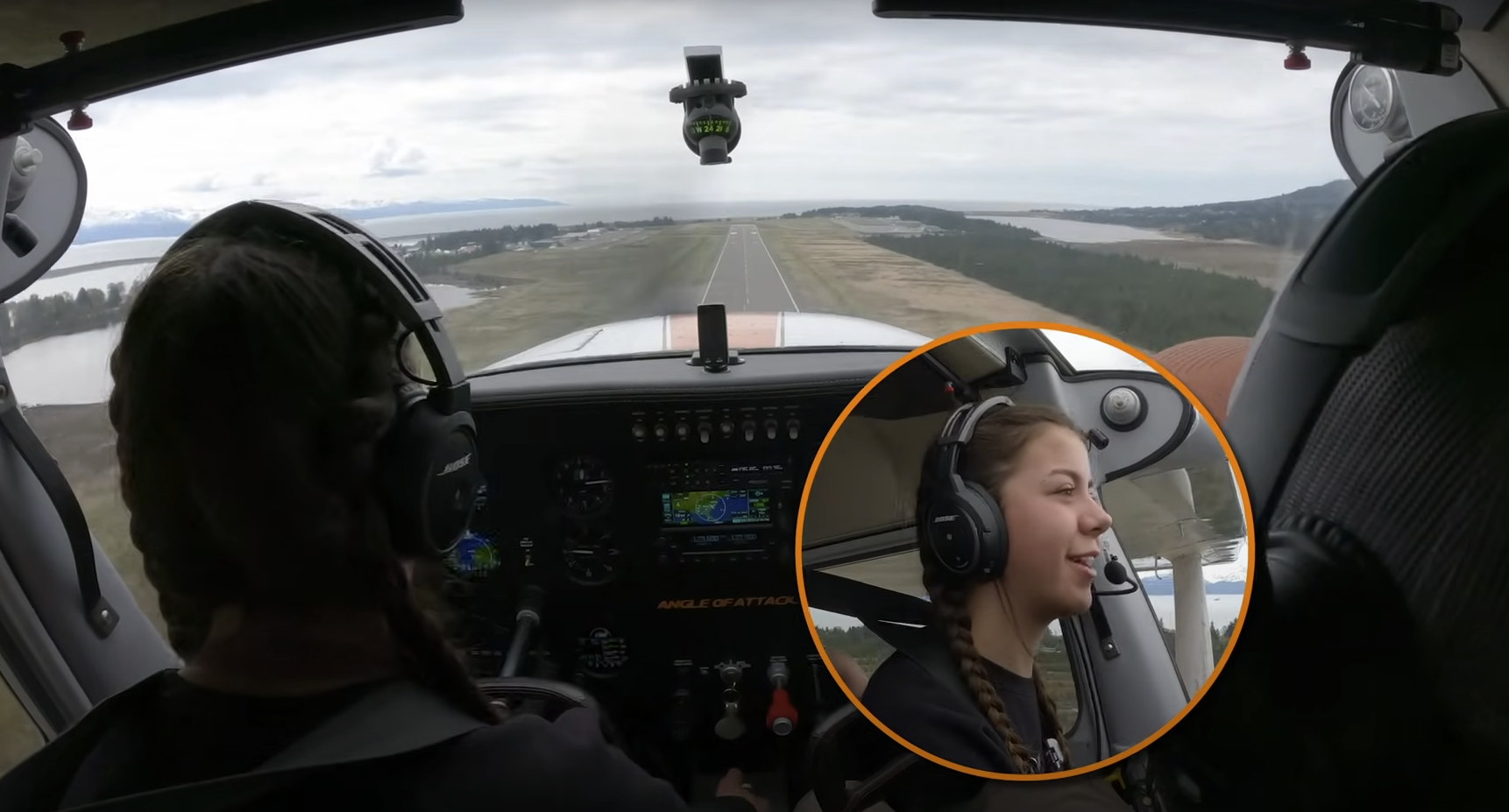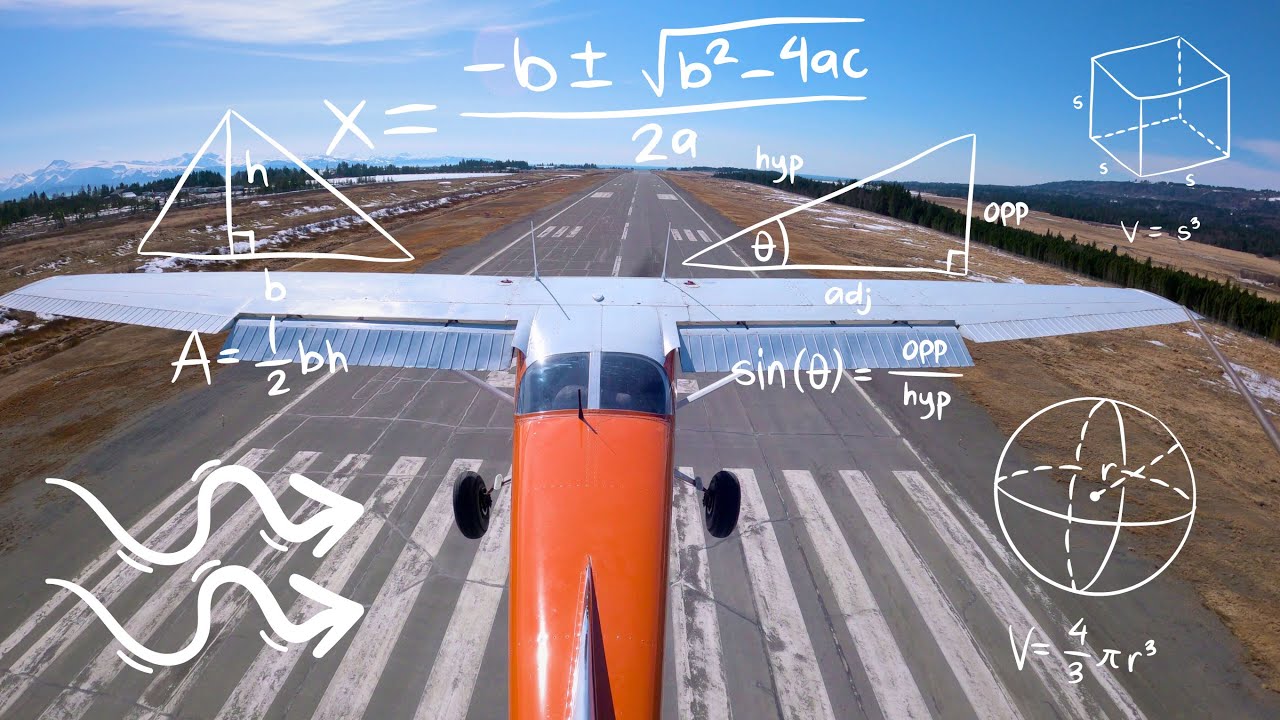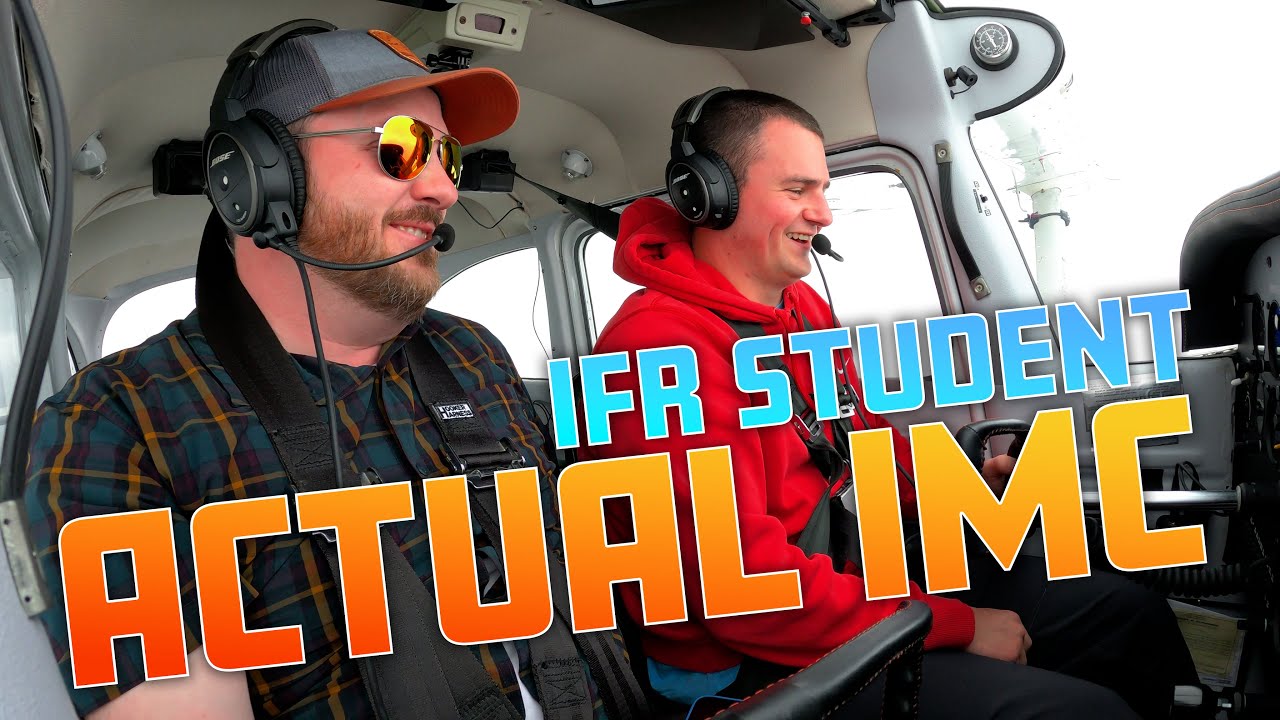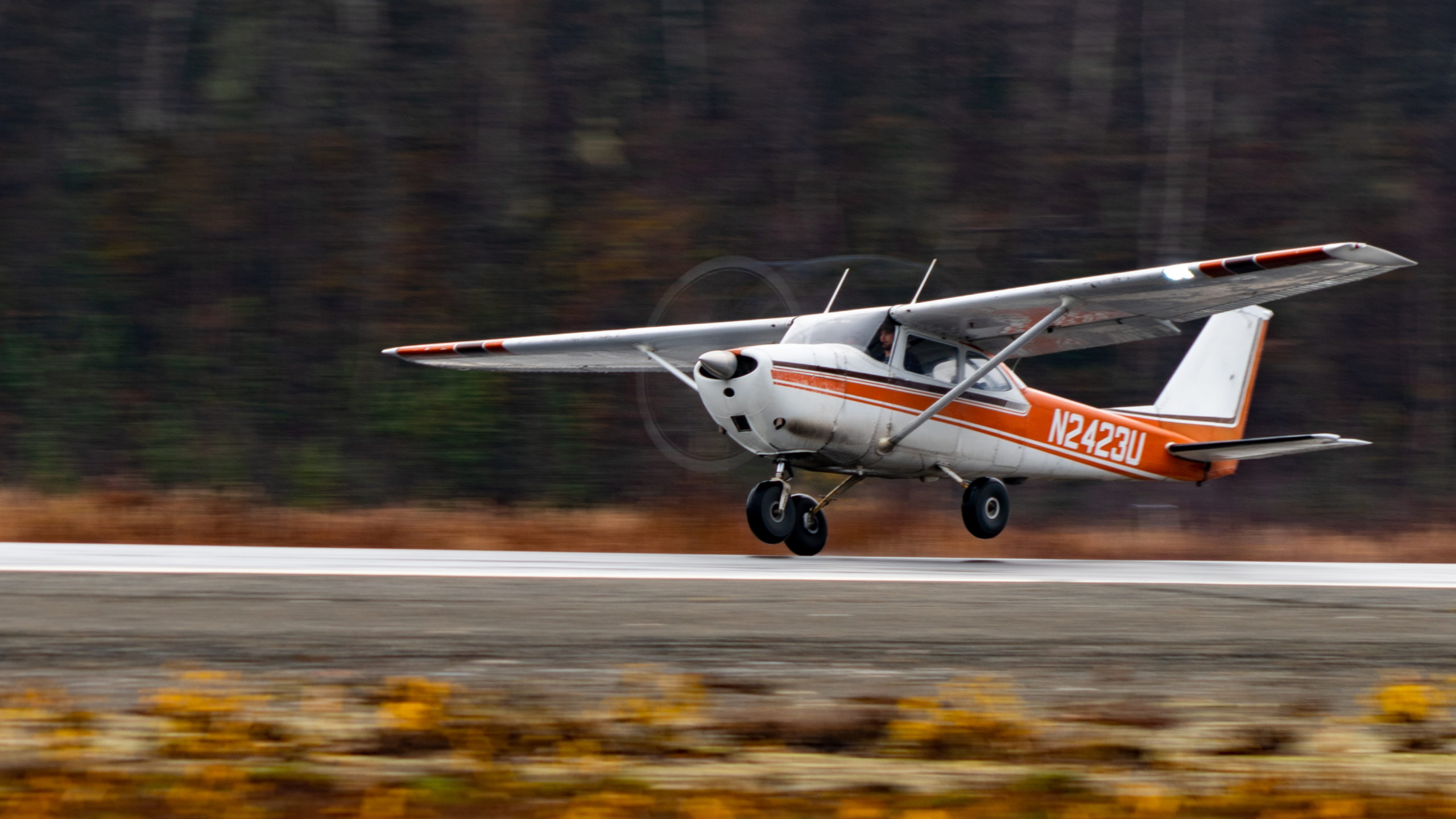
On the ground, we call ‘driving around’ by the name of ‘taxi’ or ‘taxiing’. These airplanes were not meant to be on the ground, so this whole taxi thing can be pretty awkward at times.
The most common setup for aircraft is a set of pedals that control the rudder and/or nose wheel steering, and differential brakes that control the brakes independently. Speed of your taxi is controlled by the power or throttle.
At first roll, it takes a bit more power than you’ll use in your taxi to get started. This isn’t much different than when you’re in a car. It takes a bit of ‘gas’ (power) to break away, then you manage your speed with the power/throttle.
At slower speeds the aircraft can be quite sluggish to maneuver. Anything less than a walking pace usually takes a bit of intervention from the brakes to help the nose (or tail) move around tighter.
Once on the straightaway, do your best to maintain centerline on the taxiway. Practicing these fine movements to stay right on the line will give you a lot more practice at the art of taxiing, since it’s something we generally only get to do for a few minutes before a flight. Also, it’s good form. Flying precisely pays big dividends in the end.
Do not use your brakes to manage speed unless you’re coming up to an intersection and tighter turn. Generally you only want to use the power to manage that speed. Something about 5-10 MPH. Sometimes even that may be too much, depending on where you’re at, what objects you’re close to, etc.
Avoid using checklists and doing other tasks while you’re taxiing. Remember, this area is the closest you’ll get to hard objects for your entire flight. There’s plenty of expensive things around an airport that a propellor won’t take kindly to. So, remain heads up and if you really need to complete something in the cockpit, consider coming to a full stop before proceeding.
As the airports you fly at become more and more complex, so can your taxi routes or taxi instructions. At all times you want to maintain situational awareness and make sure that you know where you’re going before you get going. This is particularly important at busy airports that have complex taxiway structures.
The big thing you’re trying to avoid with situational awareness at an airport is Runway Incursions. A Runway Incursion occurs anytime someone enters the protected area of the runway, either on the ground or in the air. The runway is clearly a critical area, as airplanes are less maneuverable, may even be on the edge of flyable, and are traveling with much more inertia.
In other words, a fast airplane + hard surfaces or objects requires caution.
You wouldn’t want to cut someone off that is about to land, right? You wouldn’t want to use the wrong runway? There are countless scenarios that place other pilots at risk. Knowing where you are at all times, and practicing solid Runway Incursion avoidance is imperative to operating at airports of any size and complexity.
Chief Flight Instructor and President of Angle of Attack. Founded in 2006.

Stay Connected
Be the very first to get notified when we publish new flying videos, free lessons, and special offers on our courses.





